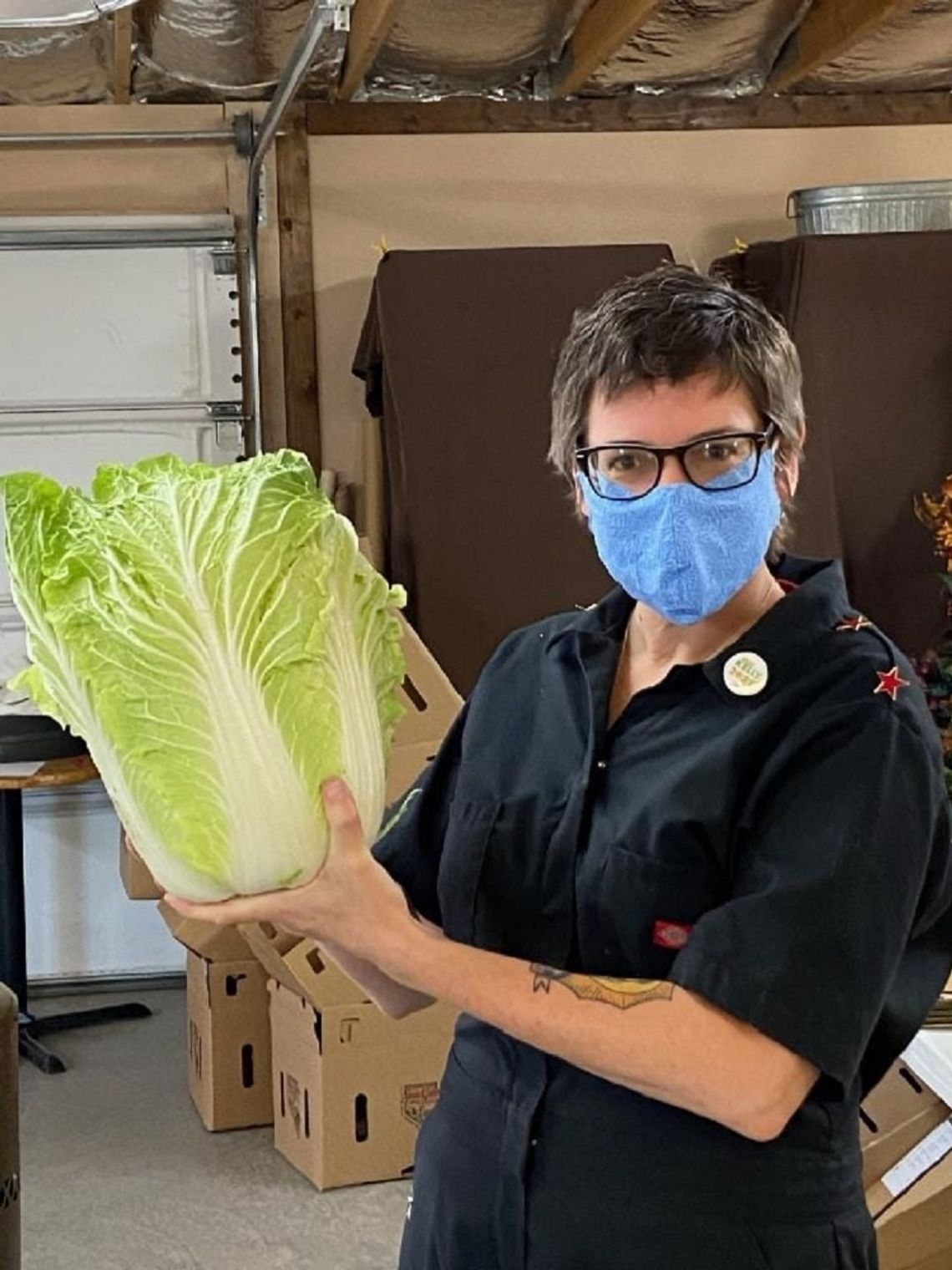Help... I have fallen down a salad dressing rabbit-hole. It all started innocently enough…
Neil and I were reminiscing about all of the weird salad dressings that we used to eat in the 80’s and this conversation led me to the google-machine. Did you know that there is an “Association for Dressings and Sauces” that was originally formed in 1926 complete with a 15-member board of directors and eight separate working committees? I wonder what their agendas look like--
”For discussion and possible action: consideration and official declaration of salad dressing as a condiment”
Let the minutes reflect that discussion was heated--so heated in fact that the emulsified dressings broke. Board member Floyd Cardoz, Chef and Creator of The Bombay Bread Bar, NYC declared, “For me, a condiment is anything that is not necessary to the final dish but can still be eaten with a finished dish with no need for further cooking. A condiment enhances as well as gives the finished dish a whole new character. A dressing is necessary for a salad, so in my book, salad dressing is not a condiment.”
Seriously though, salad dressing has been around for a really long time. There is anthropological evidence that oil and vinegar were used to dress greens by the Babylonians over 2000 years ago. And mayonnaise-based salad dressings made an appearance around 200 years ago on the tables of French nobles.
At its most basic, salad dressing consists of an oil, an acid, and spices for seasoning. This basic formula offers almost infinite varieties to dress greens, potatoes, veggies, eggs, and even animal proteins. Salad dressing is perhaps the most ubiquitous of sauces, limited only by your imagination.
While there is a ridiculous amount of variety in commercially prepared salad dressings available at the store (both shelf-stable and refrigerated choices) I contend that a dressing you prepare yourself from scratch is far superior and worthy of the few minutes that it takes to concoct. In fact, salad dressing holds a proud place on “Kelli’s List of 10 Things Every Adult Should Know How to Prepare for Themselves.” If you don’t know how to make a dressing, never fear… I am here for you.
In her most epic of culinary guidebooks “Salt, Fat, Acid, Heat” Chef Samin Nosrat has this to say about dressings: “The most important thing about any dressing is to strike a proper balance of Salt, Fat, and Acid. Get that right, and any salad will taste good.” If you want your dressing to separate (like a traditional Italian Vinaigrette), you can stick with these three basic categories of ingredients. If you prefer a creamier dressing, you will want to add an emulsifier--emulsifiers are ingredients that make two liquids that normally don’t like to mix together give up and stick together. For example, the emulsifier in mayonnaise that holds oil and water (plus often vinegar and lemon juice) together is the lecithin found in an egg yolk.
Here are some examples of ingredients that can be combined together into a delicious salad dressing (I’ve separated them into their appropriate categories):
Basic Creamy Vinaigrette
YIELD: 1 cup
INGREDIENTS:
3 T white wine vinegar or lemon juice
1 T water
4 t dijon mustard
2 t honey
¾ c oil (you can use a mix of a neutral oil like grapeseed or canola, and a flavorful oil like olive or avocado)
Salt and pepper to taste
DIRECTIONS:
For a semi-emulsified dressing (one that separates easier): place all ingredients into a jar, seal, and shake.
For a more stable emulsion, combine together vinegar (or lemon juice) with water, mustard, and honey. Whisk until well combined. While constantly whisking, drizzle in oil. Season with salt and pepper.
For a super stable emulsion, follow the steps in #2 but use a blender.
Scratch Caesar Salad Dressing
YIELD: about ¾ cup
INGREDIENTS:
1 egg yolk
1 T lemon juice
2 oil-packed anchovy fillets (or more to taste up to 6 anchovies)
1 t Worcestershire sauce
2 garlic cloves, minced
½ oz grated parmesan cheese
⅓ c canola oil
¼ c olive oil
Salt and pepper to taste
DIRECTIONS:
Combine together egg yolk, lemon juice, anchovies, Worcestershire sauce, garlic, and parmesan cheese into a food processor or a container that can be accessed with an immersion blender. With blender or food processor running, slowly drizzle in canola oil until you have a creamy dressing.
- While whisking, drizzle in olive oil. Season to taste with salt and pepper.








Comment
Comments